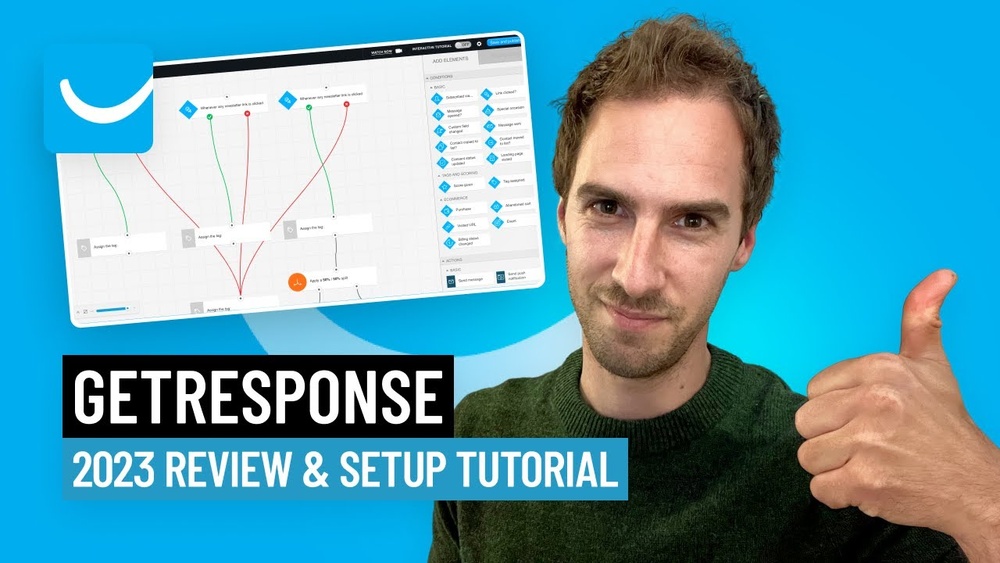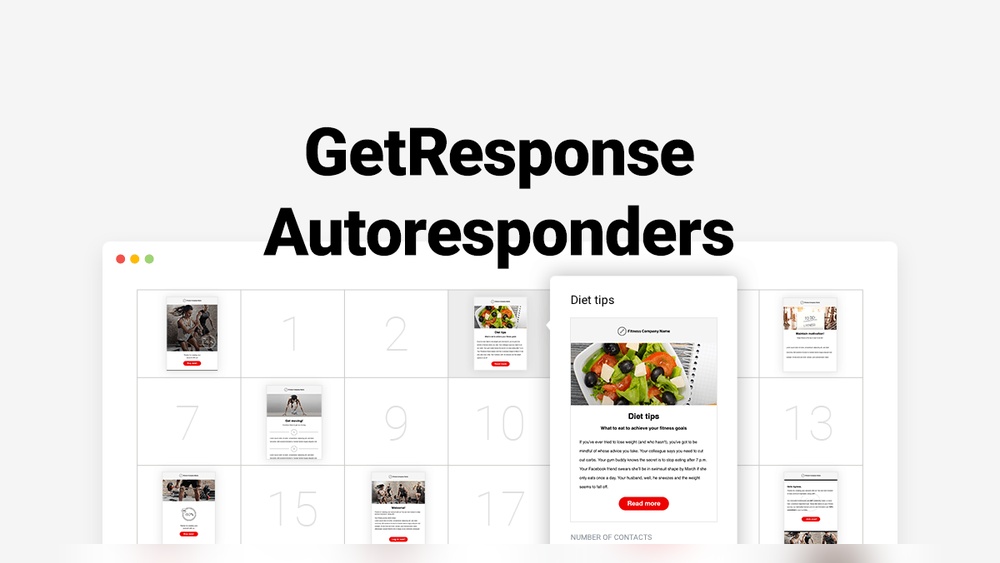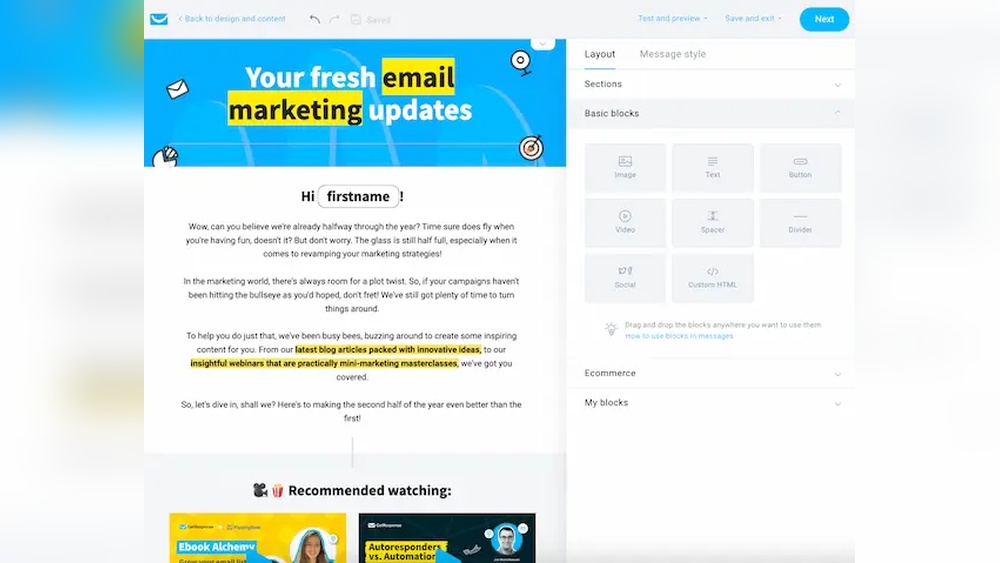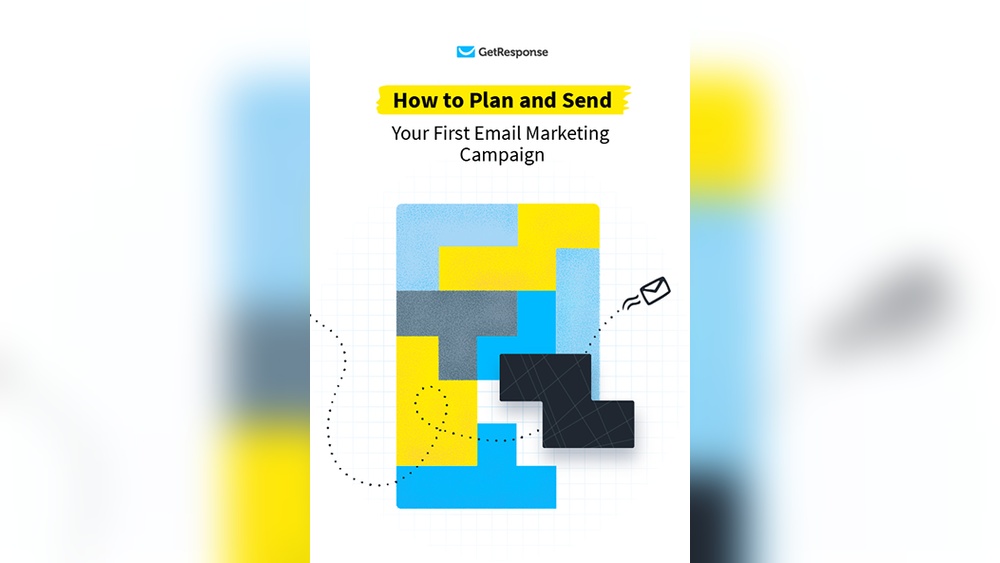Are you tired of spending hours crafting the perfect email only to see minimal engagement? Imagine having email templates that not only save you time but also captivate your audience and drive action.
You’ll discover the secrets to creating email marketing templates that are not just efficient but also incredibly persuasive. Picture this: each email you send is a powerful tool that speaks directly to your audience’s desires and needs. You have the ability to transform your email marketing strategy into a dynamic force that resonates with your readers.
Ready to unlock the potential of your email campaigns and boost your results? Let’s dive into the world of email marketing templates that work wonders for your business.
Benefits Of Email Templates
Email templates save time and ensure consistency in marketing campaigns. They simplify the process of crafting professional messages. Customizable designs help align emails with brand identity, enhancing engagement.
Email marketing templates are a game changer for anyone wanting to streamline their communication with customers. They bring a host of benefits that can transform your email marketing strategy from chaotic to organized. Imagine having the power to send out engaging emails without the fuss every single time. Let’s dive into why using email templates can be a smart move for your business.Consistency In Branding
Email templates ensure your brand voice remains consistent across all communications. Each template can be customized to reflect your brand’s colors, fonts, and style. This uniformity helps in building recognition and trust with your audience. Have you ever received emails from a company where each one looks different? It can be confusing and may not convey a strong brand image.Time Efficiency
Creating emails from scratch is time-consuming. With templates, you can cut down on this by reusing your pre-designed layouts. This means less time fiddling with design elements and more time focusing on crafting compelling content. Imagine having an extra hour every day because your email creation process is streamlined.Ease Of Personalization
Templates don’t mean cookie-cutter emails. You can easily personalize each email by adding specific customer details or offers. This makes your recipients feel valued and increases engagement rates. It’s like sending a handwritten note, but with the efficiency of digital communication.Improved Deliverability
A well-structured email template can significantly improve deliverability rates. Templates help avoid errors that might cause emails to end up in spam folders. A friend once told me about how their deliverability improved just by switching to a template with cleaner HTML code. It’s one of those simple fixes that can have a big impact.Analytics And Testing
Templates make it easier to track and analyze the success of your campaigns. With consistent formats, comparing metrics like open rates and click-through rates becomes simpler. You can also test different elements within your templates to see what works best. Have you ever wondered why one email performs better than another? Templates can help uncover those insights.Scalability
As your business grows, your email list will likely expand. Templates allow you to scale your email marketing efforts without a hitch. You can easily adjust your templates to fit new campaigns or promotions. Think of them as the backbone of your marketing strategy, ready to support your growing needs.Email templates are more than just a design tool—they’re an essential part of a successful marketing strategy. Have you considered how they might fit into your business plan?
Credit: stripo.email
Choosing The Right Email Platform
Email marketing templates are crucial for effective communication. Choosing the right email platform is a key step. The platform you select impacts design, functionality, and user engagement.
Understanding Your Business Needs
Assess your business needs. Consider your audience size. Determine the type of emails you send regularly. Evaluate your budget limitations. Think about any integration needs. A platform should match these criteria.
Evaluating Platform Features
Features vary from platform to platform. Look for easy-to-use design tools. Check for automation capabilities. Ensure analytics are available. Verify integration options with other tools. These features enhance your email marketing.
Comparing Costs And Plans
Costs can differ significantly. Some platforms offer free plans. Others provide tiered pricing based on features. Compare these options carefully. Ensure you understand what each plan includes. Choose a plan that fits your budget.
Considering User Experience
User experience is vital. Platforms should be intuitive. Easy navigation helps productivity. Simple design tools speed up template creation. Test platforms for user-friendliness. This ensures your team can work efficiently.
Checking Customer Support
Reliable support is essential. Problems can occur anytime. Good support resolves issues quickly. Look for platforms with strong customer service. Check for chat, email, and phone support. This guarantees help when needed.
Defining Your Audience
Defining your audience is crucial for successful email marketing. Knowing who you are speaking to allows you to tailor your message. This connection increases engagement and drives results. An effective template speaks directly to your audience’s needs and preferences.
Understanding Demographics
Start by gathering demographic information. Age, gender, and location offer valuable insights. These details help you craft a relevant message. Tailor your content to fit these specific characteristics.
Analyzing Interests And Behaviors
Study your audience’s interests and behaviors. What do they like? How do they interact with your brand? Understanding these patterns helps in creating engaging content. Use this information to craft messages that resonate.
Identifying Pain Points
Identify the problems your audience faces. What challenges do they encounter? Addressing these pain points in your emails can increase engagement. Offer solutions or advice that provide value to them.
Segmenting Your Audience
Divide your audience into segments. Group them by shared characteristics. This allows for more personalized messaging. Tailored content can lead to higher open rates and conversions.
Creating Audience Personas
Develop detailed audience personas. These fictional characters represent your different audience segments. Personas make it easier to visualize your audience. They guide your messaging strategy and content creation.

Credit: www.cakemail.com
Crafting Your Message
Crafting your message is crucial in email marketing. The right message grabs attention. It engages your audience and drives action. This section explores how to create effective email messages. Learn how to craft compelling subject lines. Discover strategies for writing engaging body content. These tips will help you connect with your readers.
Subject Line Tips
The subject line is the first thing people see. Make it count. Keep it short and intriguing. Use words that spark curiosity. Avoid using spammy language. Personalize when possible. Include the recipient’s name or location. Test different lines to find what works. A strong subject line increases open rates.
Body Content Strategies
The body of your email should be clear and direct. Start with a friendly greeting. Introduce your main point early. Use simple language for easy understanding. Break up text with short paragraphs. Include bullet points for key details. Use images to support your message. Make sure your call to action is clear. Encourage readers to respond or click a link.
Designing The Template
Crafting effective email marketing templates starts with a clear design. Focus on simplicity and readability. Use engaging visuals and concise text to capture attention.
Designing an effective email marketing template requires creativity and precision. Each element must serve a purpose and be easy to understand. The design should guide your readers through the content effortlessly. A well-crafted template enhances user experience and boosts engagement. Let’s explore how to design an impactful email template.Layout Options
Choose a clean and simple layout. This ensures your message stands out. Balance text and images. Use columns to organize information neatly. Consider single-column layouts for mobile users. They make reading easy on small screens. Multi-column designs work well for desktops. They allow more content without overwhelming the reader.Incorporating Branding
Consistent branding builds trust and recognition. Use your brand’s colors and fonts. They create a cohesive look. Add your logo at the top. It reminds readers of your brand immediately. Ensure your tone matches your brand voice. This consistency strengthens your brand identity.
Credit: www.deskera.com
Testing And Optimization
Testing and optimization are vital for creating effective email marketing templates. They help refine your approach. Discover what resonates with your audience. Through testing, enhance user engagement. Improve click-through rates. Optimization ensures your emails reach their full potential. It maximizes the impact of your campaigns.
A/b Testing Methods
A/B testing involves comparing two versions of an email template. Send each version to a segment of your audience. Observe which performs better. Change elements like subject lines or images. Test different call-to-actions or layouts. This method reveals what works best. Use the insights to refine your strategy.
Analyzing Performance
Analyzing performance is crucial for understanding your email campaigns. Track metrics like open rates and conversion rates. Evaluate how each template performs. Identify patterns in user behavior. Use analytics tools for detailed insights. Adjust your templates based on data. Ensure they align with audience preferences.
Maintaining Engagement
Creating engaging email marketing templates keeps your audience interested. Use clear headlines and concise content to convey your message effectively. Include visuals and interactive elements to make emails visually appealing and encourage clicks.
Maintaining engagement in email marketing is crucial for building lasting relationships with your audience. It’s not just about sending emails; it’s about making sure your recipients look forward to opening them. By mastering the art of maintaining engagement, you transform your email list into a community eager to hear from you.###Personalization Techniques
Adding a personal touch to your emails can make a world of difference. Start with addressing your recipients by their first name. This simple act can catch their attention right from the start.Consider segmenting your audience based on their interests or past interactions. When you send content that’s relevant to their needs, they are more likely to engage. For instance, if someone has shown interest in outdoor activities, tailor your email content around that.Don’t forget to use dynamic content. This allows you to change certain parts of your email based on the recipient’s data. For example, display different images or offers depending on their location.###Call To Action Ideas
An effective call to action (CTA) is crucial for driving engagement. Make your CTA clear and direct. Instead of a vague “Click here,” try something like “Get Your Free Guide Now.”Use buttons instead of text links for CTAs. Buttons are more visually appealing and easier to click on mobile devices. Make sure they stand out by using contrasting colors.Experiment with urgency or exclusivity. Phrases like “Limited Time Offer” or “Join Our Exclusive Club” can prompt quicker responses. Just be sure to keep your promises to maintain trust.Is your CTA aligned with the email content? A mismatch can confuse readers and decrease engagement. Ensure your CTA naturally follows the flow of the email and feels like a logical next step.Engagement is an ongoing conversation between you and your subscribers. By implementing these techniques, you can keep that dialogue fresh and exciting. What strategies have you found effective in maintaining engagement through email marketing?Legal Considerations
Creating email marketing templates requires attention to legal considerations. Ensure compliance with data protection laws and obtain consent for sending emails. Avoid misleading subject lines and honor unsubscribe requests promptly to maintain trust.
When creating email marketing templates, understanding legal considerations is crucial. Ignoring these can lead to hefty fines and damage to your brand’s reputation. Ensuring your emails comply with legal standards not only protects you but also builds trust with your audience.###Gdpr And Privacy
The General Data Protection Regulation (GDPR) is a comprehensive privacy law in the EU. It affects how you collect, store, and use personal data in your email campaigns.Always get explicit consent from subscribers before adding them to your list. Include a clear explanation of how their data will be used. Consider this: Would you feel comfortable sharing your information without knowing its purpose?Transparency is key. Make it easy for users to opt-out and provide clear privacy policies. If you’ve ever unsubscribed from a newsletter, you know how frustrating it is when it’s not straightforward. Avoid being that brand.###Email Compliance
Email compliance goes beyond GDPR, encompassing laws like the CAN-SPAM Act in the U.S. Ensure your emails have a clear sender address and subject line. This helps maintain credibility and prevent your messages from landing in spam.Include an unsubscribe link in every email. This isn’t just a legal requirement; it’s a courtesy to your subscribers. Picture receiving unwanted emails with no way to opt-out. Not a pleasant experience, right?Monitor feedback loops with ISPs to manage complaints. High complaint rates can harm your sender reputation. Consider a dedicated email for customer feedback to address issues promptly and maintain compliance.By respecting legal requirements, you foster a positive relationship with your audience. Are you ready to prioritize legality in your email marketing strategy?Frequently Asked Questions
How Do I Create An Email Marketing Program?
Start by defining your goals and target audience. Choose an email marketing platform. Create engaging content with strong subject lines. Segment your audience for personalized messages. Analyze results and optimize campaigns for better performance.
How To Make A Custom Email Template?
Create a custom email template by selecting a builder platform. Design using drag-and-drop tools. Customize fonts, colors, and layout. Add images and links for engagement. Save and preview before sending. Use responsive design for mobile compatibility.
What Are The 5 T’s Of Email Marketing?
The 5 T’s of email marketing are Targeting, Timing, Testing, Tracking, and Trust. Targeting focuses on your audience. Timing involves sending at the right moment. Testing ensures optimal performance. Tracking monitors results. Trust builds credibility with recipients.
Conclusion
Creating effective email templates boosts marketing efforts. They save time. Templates ensure consistency and professionalism. Tailor each template to your audience. Keep it simple and clear. Use engaging subject lines. Personalize your messages. Measure results and adjust strategies. Test different designs.
Prioritize mobile-friendly layouts. Ensure easy readability. Start with strong calls to action. Highlight key points. Stay compliant with regulations. Encourage feedback from recipients. Email marketing templates enhance communication. They build stronger connections. Grow your business with thoughtful emails. Remember, every email is an opportunity.
Make it count.






